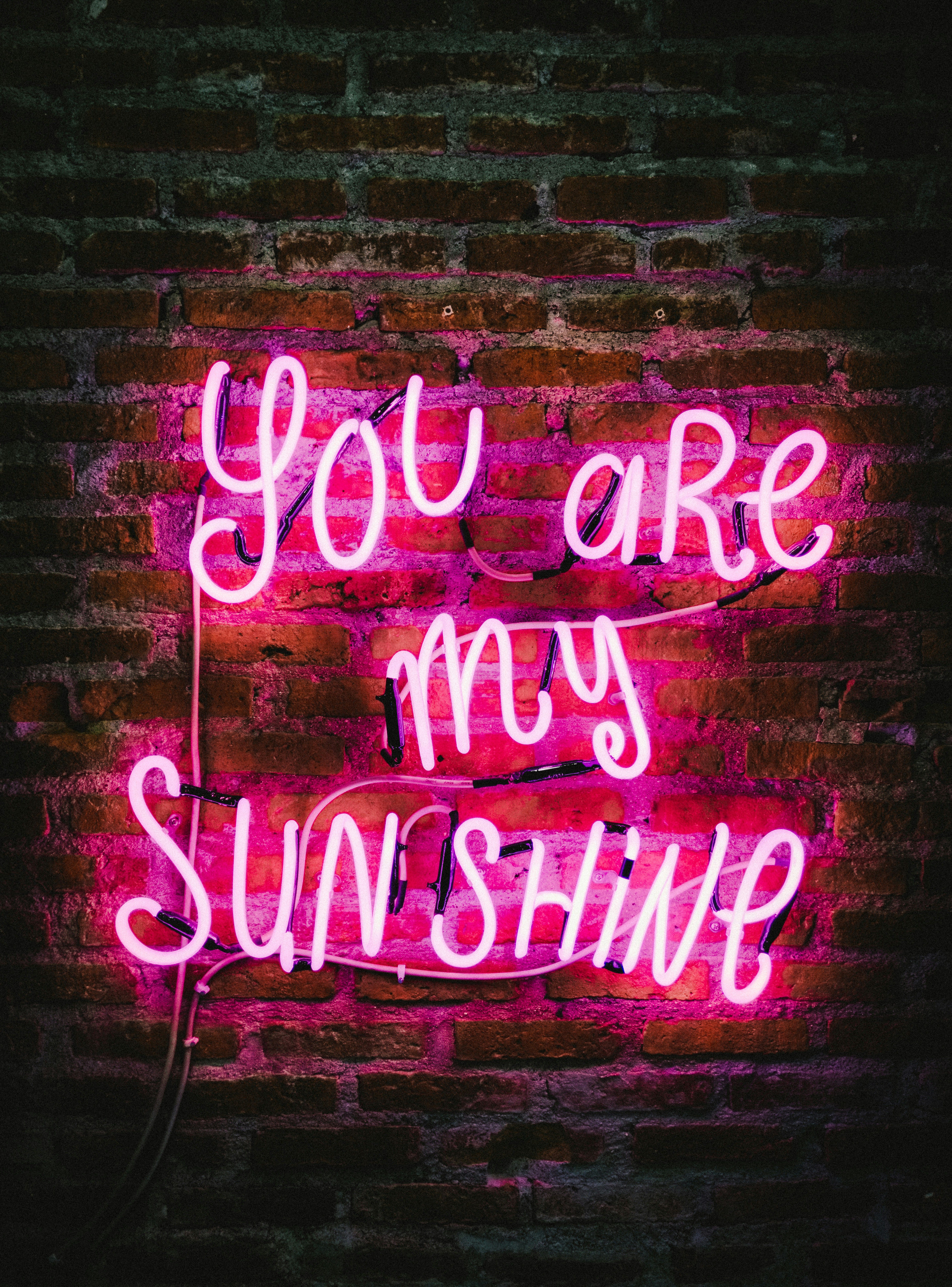Botanical showcases birthed by art: Exploration of the rise and success in floral events
In a noteworthy exhibit, the Lower Austrian Gallery in Krems, titled "Flower Power," showcases a unique convergence between art and the natural world. Contrary to the misleading title, the display delves deeper than mere flora, focusing on cultivated plants such as the potato, coffee, tobacco, and algae. The exhibition is a vibrant tour that transgresses typical boundaries between art and history, offering a fresh perspective on the relationship between contemporary art, cultural history, and natural science.
Comprising photographs, paintings, scientific preparations, and unusual additions like an Apple computer in the apple tree section, this exhibit presents flowers as more than just aesthetic ornaments. A biologist served as co-curator, ensuring a balanced blend of scientific truth and artistic expression. Far from being a pure art exhibition, it delivers an immersive experience that challenges conventional categorizations.
The exhibit in Krems signifies a broader trend unfolding across the museum world, where the lines between art, history, and science are increasingly blurred. This shift is reminiscent of the cabinets of curiosity from the Renaissance era, showcasing natural objects alongside artistic inventions. The exhibit at the Lower Austrian Gallery reflects this historical resonance while illuminating the impact of plants on human development.
Historically, the partnership between art and natural history exhibits bears resemblance to the growth of exotic greenhouses in court culture during the Baroque period. Alongside varied art collections, greenhouses filled with exotic plants became integral to the luxurious lifestyle of the elite. In the 19th century, greenhouses transformed into spaces for exhibitions and gatherings akin to grand art salons. Today, notable examples include the Orangerie in Paris housing Monet's water lily paintings and the Belvedere in Vienna featuring museum art exhibitions.
The exhibit in Krems also addresses the role of plants in the development and presentation of modern art. Over time, various artists used the aesthetics of natural history to question and challenge the conventions of the art world. Belgian Marcel Broodthaers and American Mark Dion are among those who used such techniques in the 1970s and 1990s, respectively.
However, the current wave of nature-inspired art seems to revolve less around questioning established knowledge and presentation, and more around employing natural motifs as a vivid vocabulary for various statements. Often, these statements center around climate activism. Dutch artist Herman de Vries, whose exhibition at the MuseumsQuartier runs until August 10, focuses on the relationship between language and objects from nature, echoing the philosophy of Ludwig Wittgenstein. Swiss artist Regula Dettwiler, whose installation remains at the Landesgalerie Niederösterreich until March 1, 2026, uses pressed leaves to create a "Herbarium of Emotions," allowing participants to associate plants with their own feelings and attitudes instead of scientific data.
The exhibit also explores the tension between natural, artificial, and artistic elements, with Viennese artist Angela Andorrer's works demonstrating this by painting, decorating, and sewing leaves. These modified leaves preserve plant parts but create pictorial intermediaries. Andorrer draws a connection between her work and religious reliquary shrines, both dedicated to preserving the perishable.
The exhibit at the Landesgalerie Niederösterreich confronts museum curators with the challenge of presenting a harmonious balance between light-sensitive originals and real houseplants, ultimately resorting to replicas in some cases. This question underscores the essential role museums serve: Have they evolved to preserve relics, documents, or plants themselves?
Visitors can admire the exhibit, which runs until February 15, 2026, at the Landesgalerie Niederösterreich. Additionally, "All This," a retrospective of artist Herman de Vries, is on display at the MuseumsQuartier Wien until August 10, featuring a curator tour and a lecture by philosopher Richard Heinrich on de Vries' Wittgenstein connections. The presentation "Colonialism on the Windowsill" at the Weltmuseum Wien is also accessible for free until May 26, 2026, and showcases the story of popular houseplants throughout history. Lastly, the exhibition "Sleeping Leaves" at the Botanical Garden Wien and the exhibit "Whispering Flowers" at the Ulrike Hrobsky Gallery feature the works of artists Michaela Bruckmüller, Angela M. Flaig, and Bettina Paschke, each engaging with plants in their unique ways.
- The exhibit at the Landesgalerie Niederösterreich, titled "Flower Power," showcases a unique blend of art, history, and natural science, focusing not only on flowers as aesthetic ornaments but also on cultivated plants like the potato, coffee, tobacco, and algae.
- The exhibit delves into the impact of plants on human development, reflecting the historical resonance of the partnership between art and natural history exhibits, akin to the growth of exotic greenhouses in court culture during the Baroque period.
- Artists like Herman de Vries and Regula Dettwiler, whose exhibitions are currently on display, are using natural motifs in their work to make statements, often centered around climate activism.
- Viennese artist Angela Andorrer's works in the Krems exhibit demonstrate a connection between her modified leaves and religious reliquary shrines, both dedicated to preserving the perishable.
- Visitors can engage with various exhibits related to plants, such as the "All This" retrospective of Herman de Vries, the presentation "Colonialism on the Windowsill" at the Weltmuseum Wien, and the exhibits "Sleeping Leaves" at the Botanical Garden Wien and "Whispering Flowers" at the Ulrike Hrobsky Gallery, until their respective closing dates.






